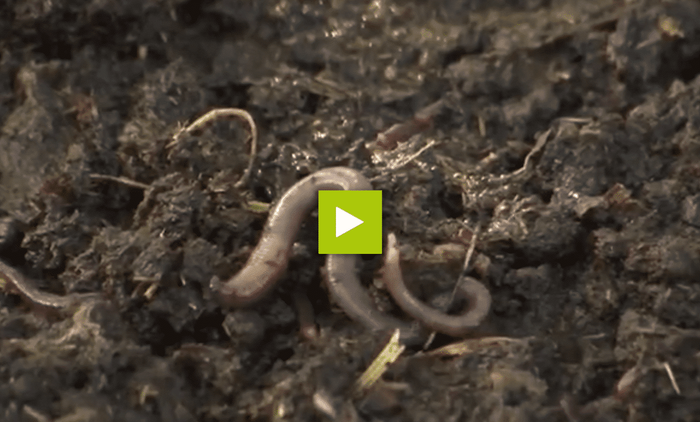Chemical fertilizer and pesticides used in the long term reduces yields and damages the soil because of incorrect use.
Organic farming encourages farmers to increase yields while using available natural resources with reduced costs. A suitable area for a vermicompost is: A flat shady location near livestock is suitable for the compost container. Areas that are constantly waterlogged and where tamarind, neem and baobab trees grow should be avoided because they attract wild crops that feed on the organic materials in the compost bed.
Vermicompost bed
Open and stitch together old washed fertilizer bags with no holes with nylon threads. Cover three windows with woven bags of about 1-2m wide on each side of the bed. This is to allow air in the bed for better survival of the earth worms.
Dig a slight slope on the earth and remove any large stones. Measure the compost box and attached it on the wooden polls fixed at the corners and the middle of the long sides for better stability.
Lay soft materials or old mattresses on the ground and place a polythene sheet on top. Puncture the container before compost is added to allow the vermiwash flow towards the bucket.
Preparing vermicompost
Place layers of decomposable material and cow dung that is free from stones and unwanted particles on the compost bed and watered. Add layers of fresh manure next on top of the bed and covered with an old cloth.
After one week, add earthworms to the compost and water twice a day. Cover the sides and dig a hole at the bottom corner to collect the vermiwash. Store the liquid in a shaded place with holes on the lid.



















